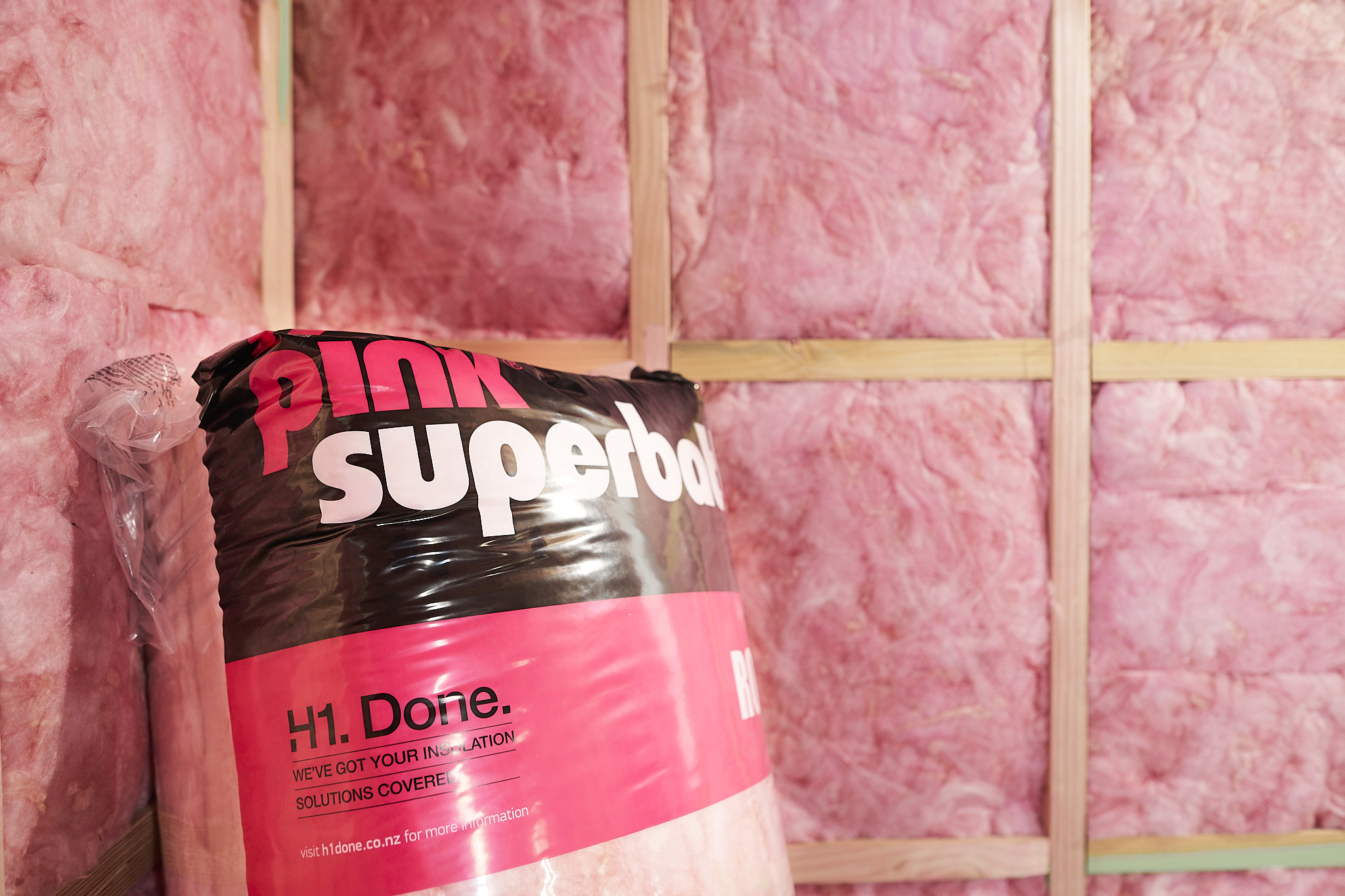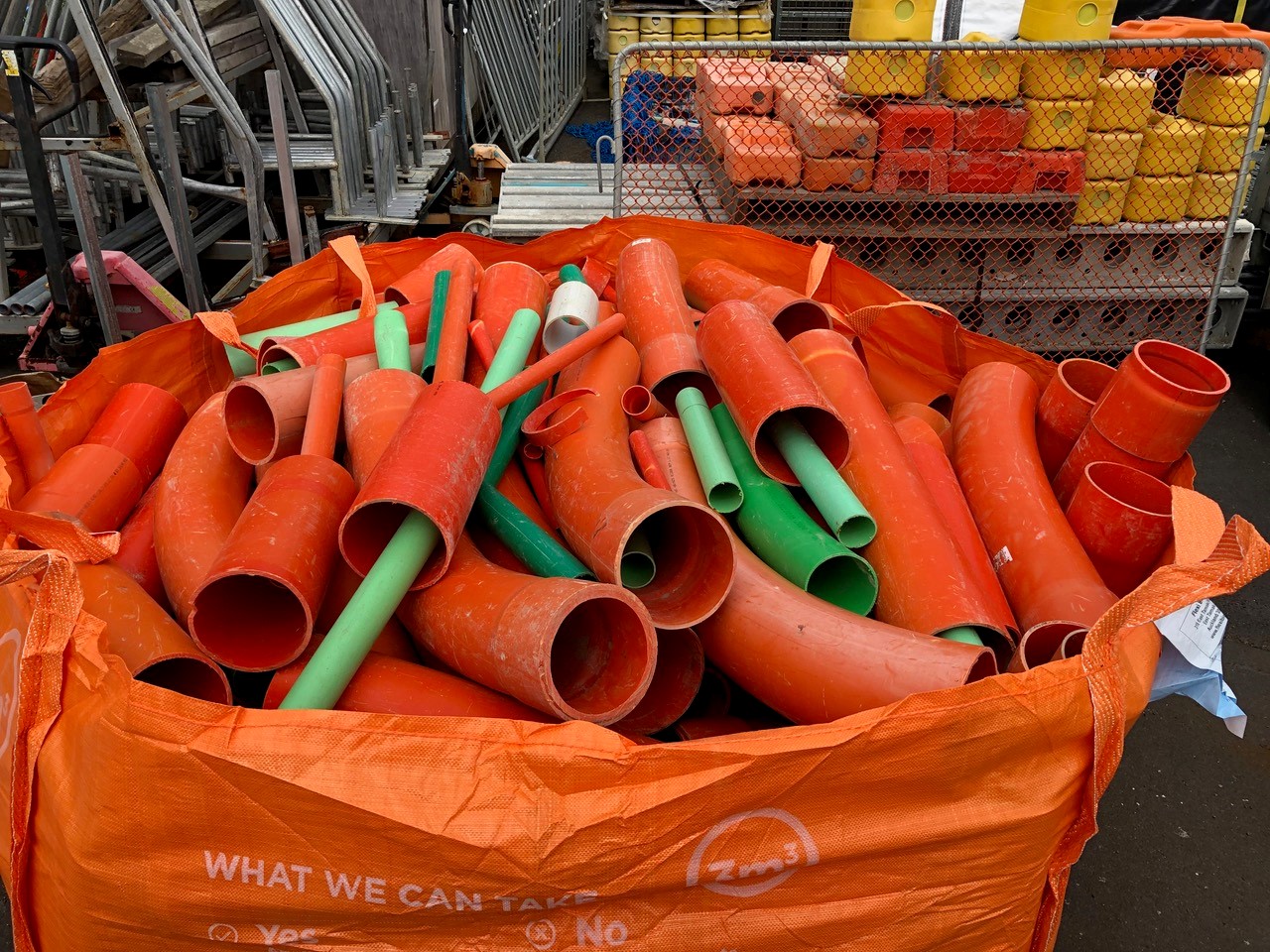Plans to scrap and replace the Resource Management Act have been welcomed by industry groups and political parties alike.
The RMA is considered one of New Zealand’s worst performing pieces of legislation - a major barrier to progress adding costs and delays to the local authority consenting process.
The RMA consolidated and replaced 77 different bits of legislation when it was created in 1991, and over the intervening 29 years it’s been continually fiddled with by successive Governments with different ideas about what the priorities should be.
The RMA is now a monumental piece of legislation encompassing more than 50 separate Acts and amended more than 20 times. It’s nearly twice as long as it was originally and even its architect, Sir Geoffrey Palmer, has been quoted as saying “it’s no longer fit for purpose.”
The RMA has also been identified as a significant contributor to the country’s housing crisis, adding as much as $30 billion to the cost of new homes, and stopping as many as 40,000 being built in the last decade.
It has been estimated that for projects that proceeded, the RMA added $30,000 extra cost to each apartment and at least $15,000 per section and that RMA rules reduced development capacity of homes by 22 percent.
Registered Master Builders Association Chief Executive David Kelly said key areas of frustration for builders and construction firms were building consent processes and the Building Act and the RMA.*
The Master Builders’ "State of the Sector" survey in September last year showed local and central Government regulations were the two biggest concerns for their members.
Areas that needed improvement were regulation, business performance and skills, in that order, the survey revealed.
Kelly says the construction sector is tentatively optimistic about Government intentions to reform the RMA.
The industry was "getting more and more fed up" with the planning approach, inconsistency, and uncertainty around the RMA and with the process for gaining building consents, he said.
Almost everyone accepts the RMA needs to be changed and every Government in recent history has campaigned on promises to fix, amend, or repeal the RMA.
The last National Government planned sweeping reforms but couldn’t persuade coalition partners to support their proposals. In the end, they did a deal with the Maori Party resulting in some sensible changes, but also provisions giving iwi greater influence in council decision-making – viewed by some to have made the RMA’s problems even worse.
Last year, now-National leader Judith Collins also proposed repealing and replacing the RMA with two separate pieces of legislation. She said political parties in the past, including National, had tried to update and reform the law, but the “quagmire” was past saving.
ACT Leader David Seymour has previously said fundamental changes to the country's planning rules are long overdue.
"We welcome a Government that is prepared to reform the RMA. Even when ACT and National together had a majority in Parliament, National refused to make significant changes," he said.
"I never thought Labour would be more promising than National on RMA reform, but right now that's where we are," Seymour said.
So now the Labour Party, which also campaigned on fixing the RMA, has finally taken action. They passed their Resource Management Act Amendment Bill into law in June, with Environment Minister David Parker claiming it as a significant step forward in improving resource management and consenting in New Zealand.
They also set in place a Government-appointed working group, which this month delivered a 531-page report on how to reform and simplify the RMA.
Chaired by retired Court of Appeal Judge Tony Randerson QC, the steering group, decided that the 29-year-old piece of legislation be repealed and replaced by two new laws.
The report proposes a Natural and Built Environments Act (NBEA) be introduced to focus on “enhancing the quality of the environment, housing and achieving positive outcomes to support the wellbeing of present and future generations”. It wants this to take a substantially different approach to that of the RMA.
Then, the panel wants a new Strategic Planning Act to “embed integrated spatial planning across all regions of New Zealand”.
This would see the 100-plus policy statements and plans put up by local authorities to be consolidated into 14 plans. These would be prepared by representatives of regional councils, territorial authorities, and mana whenua.
This Act would set long-term strategic goals and help integrate legislative functions across the resource management system including the proposed NBEA, the Local Government Act, the Land Transport Management Act, and the Climate Change Response Act.
Environment Minister David Parker says this will allow a broad range of matters to be reconciled to ensure better future planning, including for infrastructure and housing.
The changes would make it easier for people to deal with minor boundary disputes. They would also enable projects of national significance to get off the ground more quickly.
The panel also recommends a third, new law - the Managed Retreat and Climate Change Adaptation Act, be introduced to address issues related to climate change adaptation and managed retreat from areas threatened with inundation.
When the Government got the ball rolling on this RMA review in July 2019, it recognised there wouldn’t be enough time to draft legislation before the election.
The prospect of getting consensus between the governing parties was always likely to be difficult, with parties putting their stakes in the ground over which interests they wanted to be given priority under the law.
Now Parker expects political parties to develop the policies they’ll take to the election, less than two months away, using the report’s findings.
The new legislation would take a few years to draft.
Parker emphasised that the report’s recommendations would be for the next Government to act upon “and whether to implement it in whole or in part”.
The industry hopes this will result in finally seeing the end of 30 years of frustration from the current RMA.
*“Government red tape and building consent processes are one of builders' biggest bugbears”, Sep 12, 2019, Stuff.co.nz




